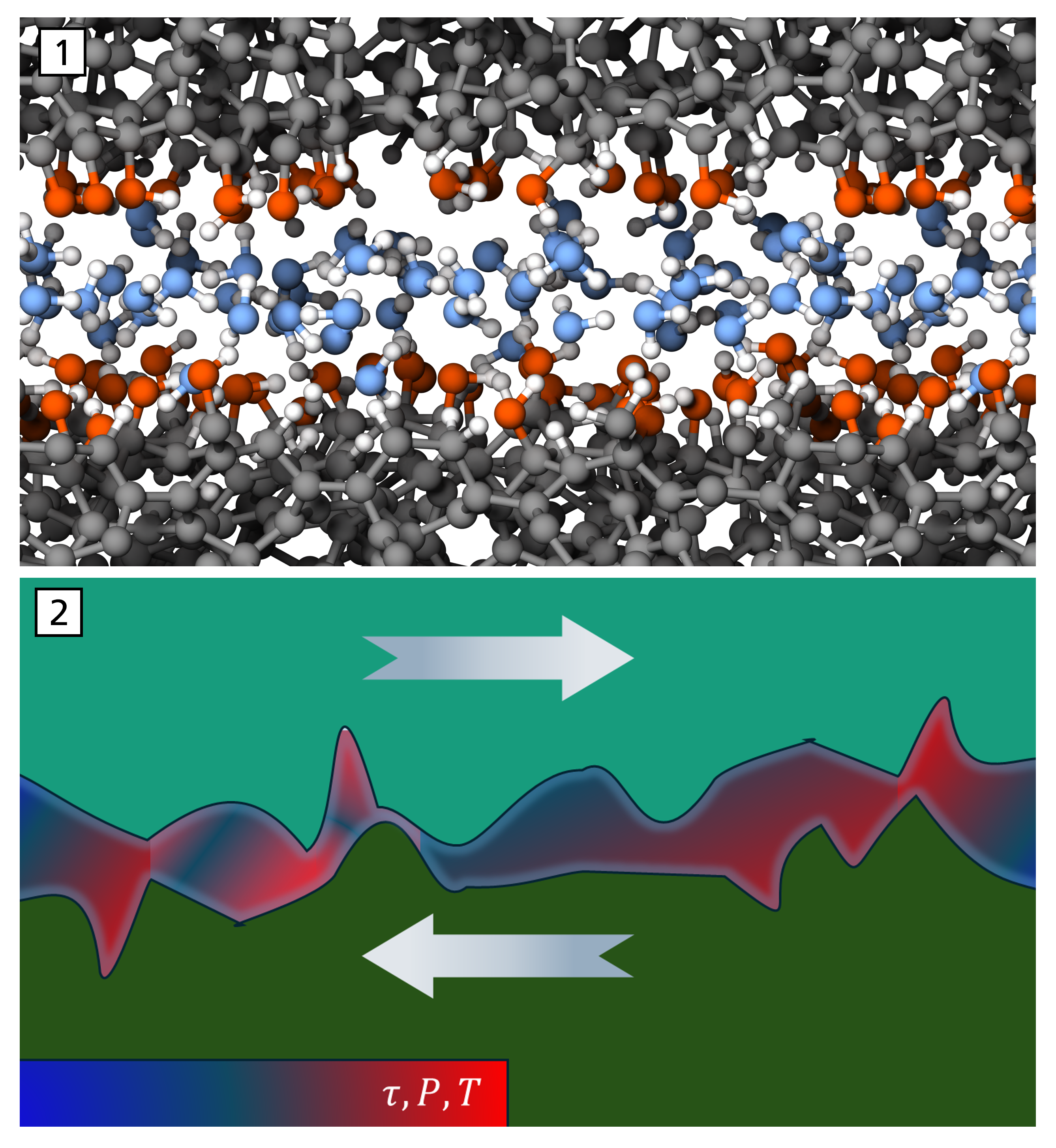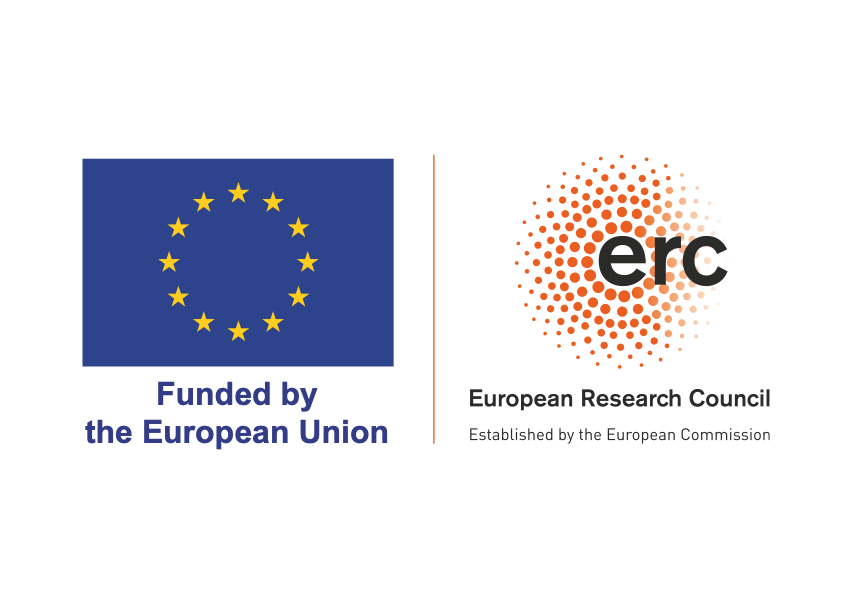Friction is everywhere. Wherever components move against each other, energy is consumed. Globally, friction accounts for up to 20% of energy use – despite many technological solutions aimed at reducing it, such as new lubricants and coatings.
Michael Moseler aims to show how this untapped potential for energy savings and sustainability can be unlocked by developing a digital twin for lubricated frictional contacts. To realize this ambitious research project, he is receiving an ERC Advanced Grant worth 2.5 million euros over a period of five years from the European Research Council.
The challenge lies in making friction-inducing processes in technical systems—processes that occur on the atomic level and are inaccessible to experiments—computationally predictable. These include, for example, viscosity changes in lubricants within nanoscale frictional gaps or the sliding of solidified lubricant films over material surfaces.
To this end, a novel approach using computer simulations is employed. Simulation methods and calculation models that describe the mechanisms on the different scales, are combined into a single tool to capture the friction-inducing features and predict the behavior of the tribological system. Once the causal relationships between atomic-scale processes and energy-consuming friction are mathematically described for a given technical system, the system can be optimized.
Extreme-scale molecular dynamics simulations will be used to capture the atomic effects in the friction zone. A key aspect of the project is the development of physics-based material models that accurately reflect the behavior observed in molecular dynamics. For instance, precise constitutive equations must be determined for the rheology and tribochemical reactions of lubricant films just a few nanometers thick under gigapascal pressures. These will be integrated into continuum equations and will form the core of the digital twin, which aims to model thermo-elasto-hydrodynamic lubrication in highly loaded components (such as rolling bearings and gear contacts). The project will use automated workflows for high-throughput molecular simulations of frictional contacts under a wide range of load parameters. In addition, it will employ the latest generation of machine-learning interatomic potentials (MLIPs), which offer quantum-mechanical accuracy at a fraction of the computational cost.
What makes this research approach unique is the combination of extremely large-scale atomistic simulations, machine-trained AI force fields, and the integration of the resulting physical constitutive equations into a continuum description of the highly loaded lubricant. This allows for virtual insights into previously inaccessible friction mechanisms. Further success factors include the intelligent and efficient use of massive computing resources—simulating up to one billion atoms—and the development of a powerful digital infrastructure for managing the resulting data streams and data analyses.
Within five years, this digital twin is expected to bridge the gap between atomic friction phenomena and the design of bearings and gearboxes, contributing to greater sustainability and energy efficiency in machines, devices, and vehicles.
 Fraunhofer Institute for Mechanics of Materials IWM
Fraunhofer Institute for Mechanics of Materials IWM
